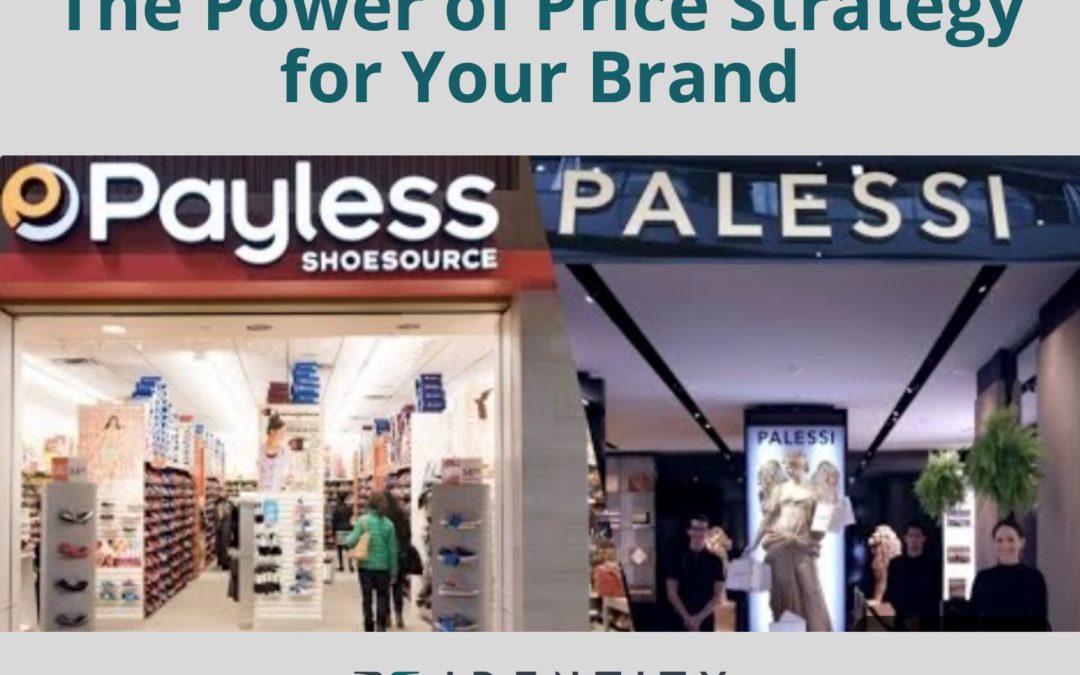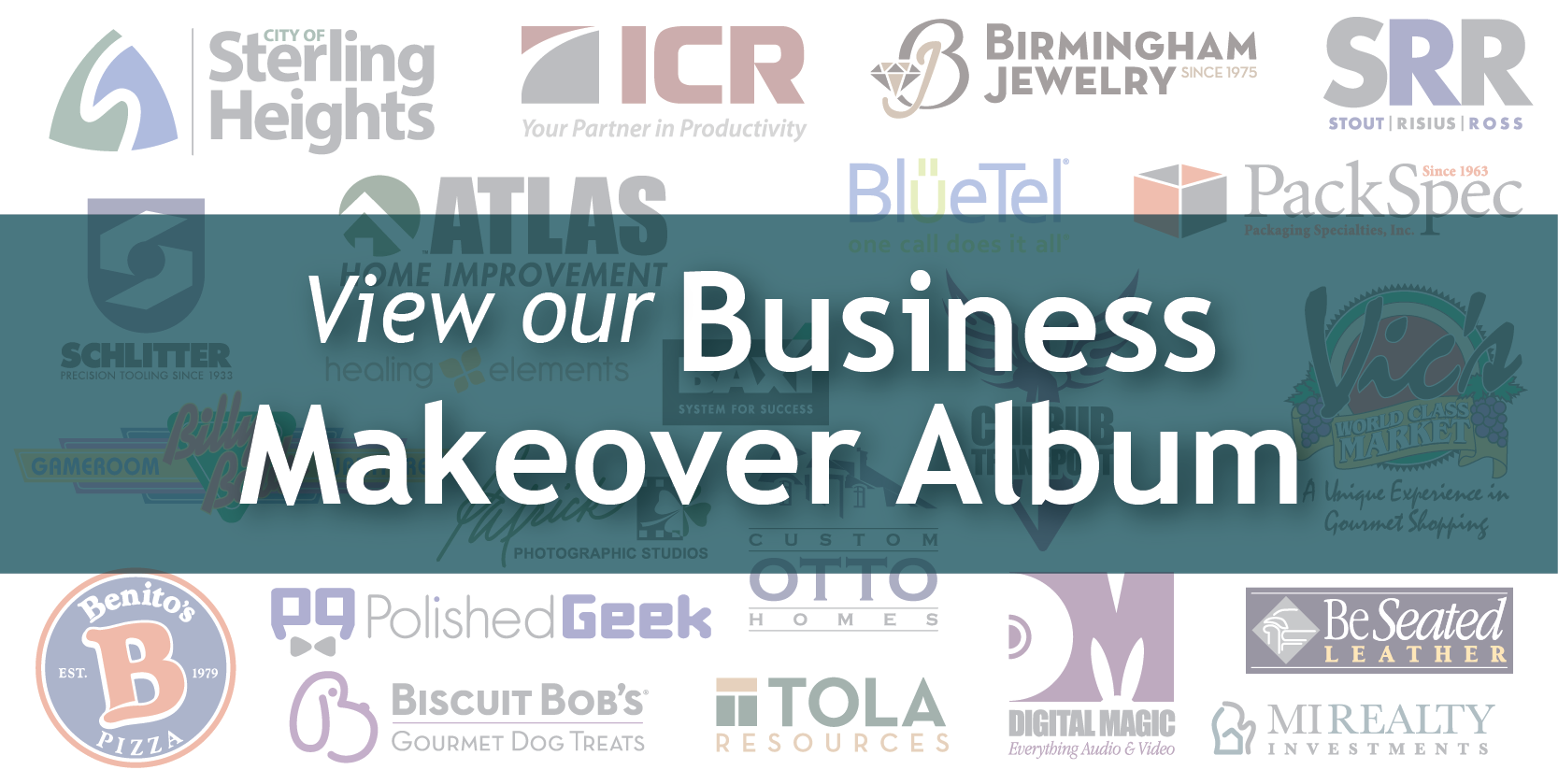There is power in leveraging your pricing strategy in your branding. Surprisingly, determining the price for your product or service is not a primary consideration when people are defining and building a brand.
While referencing retail brands, we can apply valuable lessons to brand pricing in the business-to-business (B2B) marketplace.
Use these examples to inspire you to consider your brand strategy when implementing a pricing model and price points.
Three Pricing Strategy Considerations for Your Brand
1. PRICE will determine your market position.
Perceived Value. Do you want people to see you as a luxury brand or an economical alternative?
A classic example of the power of price and perceived value in branding is the Payless vs. Palessi brand experiment. While this experiment ran in the retail space, its lessons can be applied to pricing and perceived value when branding for B2B companies.
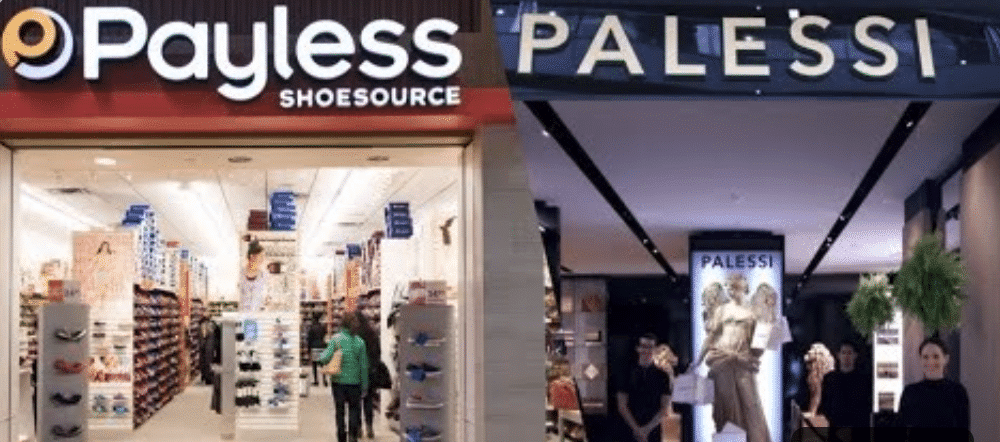
Payless Shoes, an economy footwear brand, set up a pop-up shop in an exclusive shopping district in Santa Monica, California. They altered the brand on every level except for the product.
They changed the name from Payless to Palessi, created a clean website, set up sophisticated displays, and added luxury touches like chic shopping bags and stylish employees. The only thing they altered in their product was the price and label, taking an average price of $19.99 for a pair of shoes, up to $600 a pair.
The pop-up shop’s grand opening invited fashion influencers to an exclusive event, and cameras were there to capture the fashionistas’ reactions. The energy at the event was extremely positive, and the guests were impressed with the “high-end” merchandise.


“Sophisticated.” “Classy.” “I can tell it is made with high-quality material.”
Fashion influencers plunked down hundreds of dollars for the same shoes others could buy for a fraction at Payless.

“We discovered that branding is a pretty strong force.”
– Chief Creative Officer, Doug Cameron, who spearheaded the Palessi Pop-up.
Perceived value was created through intentional branding. If the brand strategy is to create a luxury experience, it has to be luxurious at every level. Price will convey value, but if the quality and experience don’t match, the brand’s image will suffer.
After purchasing shoes, influencers were let in on the experiment, refunded their money, and were able to keep the shoes.
It’s very likely that if Palessi’s guests had not been informed about the spoof, they wouldn’t have noticed until perhaps lesser quality became apparent when their shoes hit the sidewalk.
What’s the Prognosis for the Payless Brand?
Although going viral, the Palessi branding experiment wasn’t enough to buoy a brand that was in trouble. Factors leading to their demise included:
- Competition from online retailer Zappos
- Department stores expanding comparable shoe selections
- A debt burden of $470 million
- An “irrational expansion plan” (Forbes)
Payless was suffering from more than a bruised brand image. In February 2019, Payless filed Chapter 11 for the second time in two years.
In April 2020, Payless announced that it was making a comeback, with a goal to reestablish itself as “America’s shoe market.” That plan includes fewer stores (300 – 500) and a strategy for online sales.
Visiting the new website, I’m not impressed. It looks like a basic e-commerce website for shoes. What do you think?
Price points set your customers’ expectations.
When looking online for a place to eat, what do you think when you see the dollar icon rating?
$ $$ $$$ $$$$
You’re not going to take your special someone to a $ restaurant if your goal is to splurge on a night to remember.
Even the range of pricing in the fast food space creates an expectation for a different experience: Compare Chipotle’s Steak Burrito to one from Taco Bell or a Chic fil A sandwich to a White Castle slider.
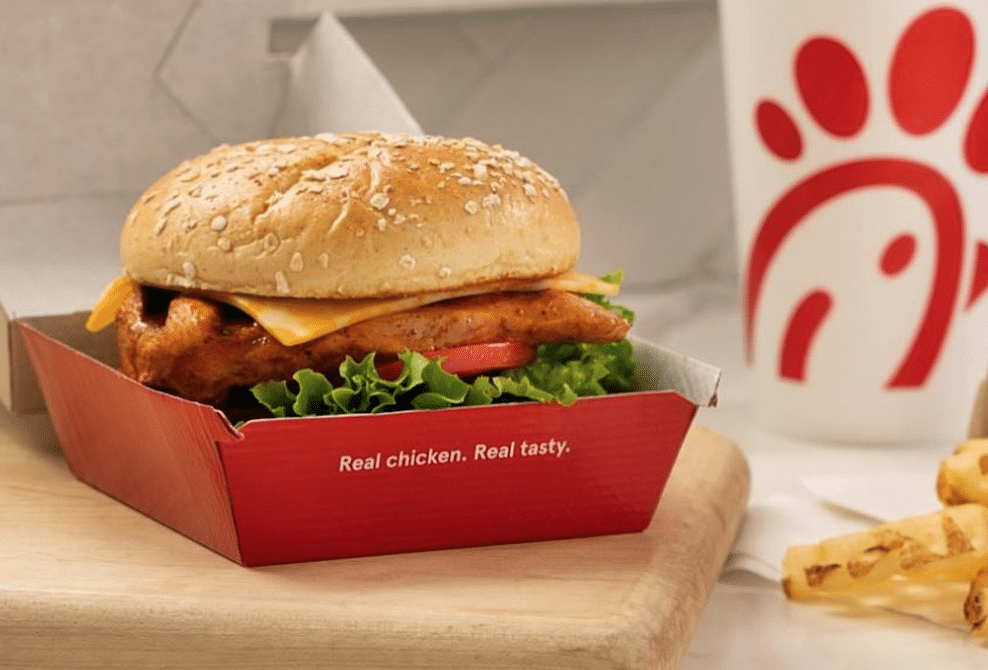

Properly setting your pricing model adds a powerful layer to your brand strategy.
- Some markets require incentives, like mid-range retailers. Think pizza chains and furniture stores. If you are in this market and want to position your offering as a higher value or quality, skip the savings incentives and create an exceptional product with a customer experience that sets you apart.CAUTION: Beware of introducing sales, coupons, and discounts! You’ll train customers and prospects to expect them.
- Just entering the market? Determine whether a low introductory price will build the case studies you need to sell more.CAUTION: Starting too low could create the perceived value as inferior quality.
- Setting your prices to undercut your competitors is another pricing strategy.CAUTION: Attempting to snatch market share with lower pricing is a risky strategy. Business strategists know that price wars can only go one way: down!
- Premium pricing can position you as a luxury brand. Maintaining a high-end brand must be done with precision and executed in an exceptional customer experience. Commanding a higher price will provide a company with the resources to create and sustain a superior experience and product.CAUTION: Companies make the mistake of coasting on a brand’s reputation. Continuous evaluation and improvement of the customer’s experience is central for every brand. It’s vital for brands that seek to command a higher price point.
2. PRICE will reflect your business model or industry
Price setting will necessarily vary by industry and business model. Subscriptions for software services and tiered pricing for appliances make sense to us.
We have come to expect pricing models when shopping. You can check out 17 pricing strategies in an article by New Breed Revenue.
Examples of pricing that reflect your brand’s industry:
- Tiered pricing. “Good-Better-Best” is a familiar strategy when you can scale the value of service packages because it works. People most often choose the mid-range offer.
- Subscriptions. SaaS products and services can afford to offer free versions, while an independent graphic design freelancer will minimize their value by offering free services.
- Hourly vs. Service/Project-based pricing. Professional services like bookkeeping, coaching, consulting, and creative projects need to wrestle with deciding which approach works best. There are benefits and downsides to both.
With hourly pricing, for example, a highly skilled bookkeeper can accomplish in one hour what another might require three hours to complete. If she billed by the hour, she would not be earning at the rate her skill level deserved.
Project-based pricing must include a margin for unexpected costs. This means a higher price for the customer and, for the business, the potential to reduce or kill the profit margin.
A combined version of hourly and project-based pricing through a retainer agreement can allow customers to budget for services and help service providers control costs by managing burn rates.
When determining your market and setting a price for your brand, you need to know your customers!
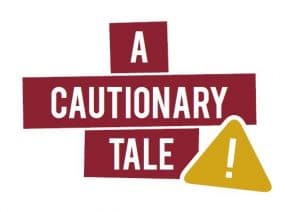
Years ago, I spoke with a businesswoman who had recently moved to Michigan from Paris. While shopping in Birmingham, she noticed a gap in the one-of-a-kind, couture boutiques like those she frequented in Europe.
She decided to open her own boutique in Birmingham and traveled to France and Italy, bringing exclusive designs to Detroit. When she set up her shop, she stocked only one of each size, so her customers could feel confident that they had something truly unique.
She was shocked at the response when she opened. Women were not flocking to her store. In frustration, she told me why she had to, in the end, close her store.
“In Paris, when a new shop opens, women are lined up out the door waiting for the doors to open the first day! I’m constantly amazed at how women will shop and dine in athletic shoes!“
She didn’t understand her customer, the Birmingham, Michigan shopper.
We need to know what our customers want before we ask, What are they willing to pay?’
Does your business model service customers well on volume, or is yours a highly customized service?
High volume, like fast food, can offer lower prices and make a profit through a volume of sales. Low volume will require more time, added value, and greater cost of goods, including employee training and time.
EX: Drive-through car wash vs. detailing service
It is possible to scale while delivering on high-end expectations, but it must be done skillfully with exceptional attention to brand standards on every level, from design to customer experience.
How do you incorporate the value of experience?
If your price is too high, you risk scaring away customers. Are they your ideal customers?
If your price is too low, you’ll rob yourself and your stakeholders of well-deserved earnings.
3. Carefully Approach Changing Your Brand’s Pricing Strategy
Price adjustments in the B2B professional services space must be handled carefully.
Should you change your prices because everyone else is? People expect service providers to raise prices in the current economic recession.
But if you’re still able to deliver the same quality, and your profit margin is safe, why increase your rates? You could risk looking like you’re taking advantage of a bit more cash just because you can.
Raise prices for a reason. Perhaps you’re improving your offering to customers with new services or improved features. Demonstrate value, and your brand image will be bolstered.
Our brand strategy pricing story
Identity Creative has been building brands since 1993. When we first opened our doors, we offered brand identity development for sole proprietors at $999.
As our client list grew, we found that we could add value beyond providing a logo and style guide.
By listening to our clients, we quickly added to our project deliverables and created a brand identity kit that included everything a small business would need to launch its new brand identity.
Finding Opportunities to Add Value
Our early days in business were when companies were beginning to be convinced that this world wide web thing might be important and that they needed a website to compete.
The more that businesses were online, they needed to work on their brand message, tone, and personality.
We learned that many businesses were lost as to how to talk about their brands. The natural next step for us was to develop ways to help them share their differentiating “secret sauce” and attract customers online.
Over the years, our deeper-dive workshops included tools to guide our clients in clarifying and giving expression to the foundational qualities of their brand, including purpose, vision, and core values.
It was exciting to see that this was making a positive impact on leaders. They found fresh ways to build and strengthen company culture, which is foundational to creating exceptional customer experiences.
The greatest reward is seeing the fulfillment of purpose that leaders and employees find with clear and easy-to-share brand attributes in their Brand BlueprintTM.
Experimenting with Pricing Models
So, how has our pricing strategy adapted? It’s been constantly evaluated with the feedback received and the value we’re bringing to clients.
More established companies want to invest in a brand identity program that will send their brand on a sustainable growth trajectory. This kind of work requires a greater depth of experience and time. Businesses expect to invest more for higher levels of expertise.
Over the years, we’ve grown our list of services that yield outstanding results for our clients. We find immense satisfaction when we hear reports of an email newsletter that led to a $90,000 sale, a company video that brought in $6 million, or a 30% revenue increase in the first year of rebranding.
Expanding our services that deliver measurable value to our clients will naturally provide a reason to present higher price points.
In the 30 years of developing custom branding and marketing services in a constantly changing marketplace, we’ve explored pricing models that make sense for our customers and allow us to provide quality work.
Your Brand’s Pricing Strategy Will Require Data
When you determine the price points you will set for your brand’s products and services, there are a variety of pricing models to consider.
It’s a given that price must support the cost required to produce your product or service and sustain your business. With service providers, such as photographers, creatives, and consultants, determining fees by time and materials, with a built-in buffer for a profit margin, has challenges.
Setting price points that will allow you to deliver value requires sound data, from the cost of goods sold to payroll. You’ll also need to know the perceived value in the marketplace and what your competitors charge.
Pricing strategies, such as bundling services, subscriptions, and loyalty programs, are worthy of exploration.
Remember your customer’s expectations when you’re considering the pricing strategy for your brand. Your brand will benefit when you put yourself in your customer’s shoes.

